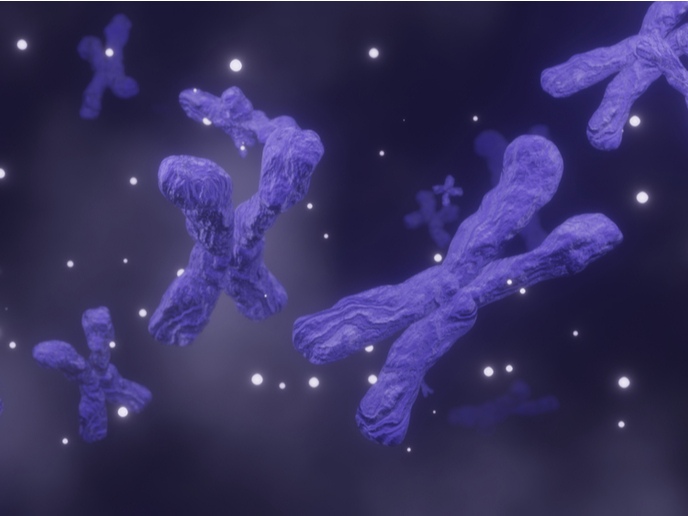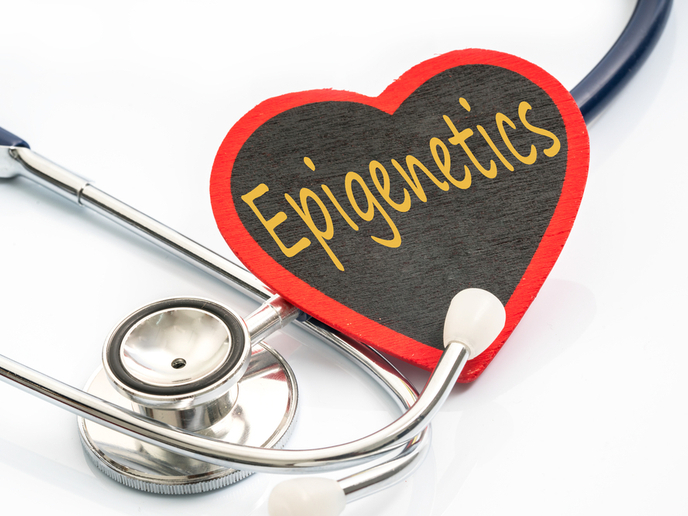Investigating fish allergy
A number of food safety regulations have been implemented by the EU in order to guarantee the safety of consumers from the effects of food allergies (Directive 2007/68/EC). Moreover, the European Food Safety Authority (EFSA) has recognised the importance of developing new techniques for detecting, monitoring and controlling the problem. Part of the EU's response included the FISH ALLERGOMICS (Proteomics and systems biology of fish allergy) project. The project involved three parts: food safety control, immunotherapy and computer models of fish allergy. The first objective was an in-depth analysis using a large-scale analysis of proteins (proteomics) of all allergens derived from fish and Anisakis (a type of parasitic nematode found in fish). Several peptide markers were identified from the main fish allergen Parvalbumin (PRVB) and from the Ani s9 allergen belonging to Anisakis. They were used to monitor the presence or absence of these types of allergen in any seafood product. The application of this rapid targeted proteomics strategy for food quality control provided a valuable method for the control authorities and food industry to guarantee consumer safety. The second part of the project involved the mapping of major fish allergens (PRVBs) using a peptidomics and de novo mass spectrometry sequencing approach. This information will be of use to the pharmaceutical industry and health care organisations, providing information for the design of new synthetic peptide vaccines. The final part of the project involved conducting phosphoproteomics studies during different times of antigen activation to gain a better understanding of the T cell signalling pathway for fish allergy. The result was the creation of a holistic map of T cell signalling, which can help identify new drugs or therapies for combating fish allergy.







